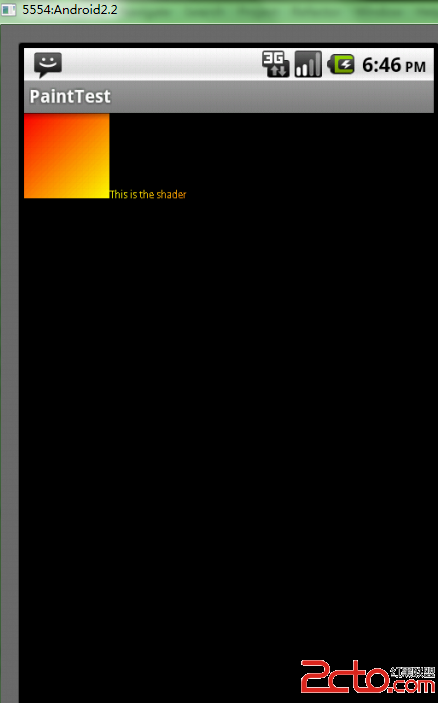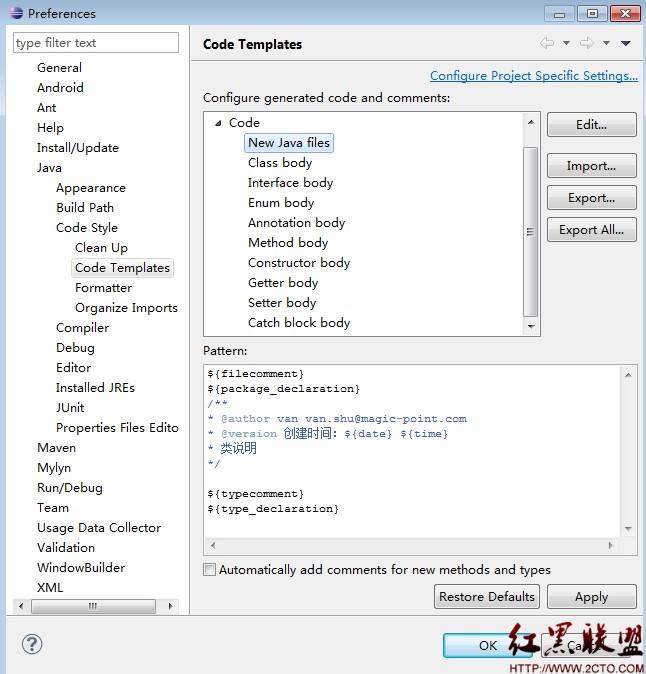时间间隔: SystemClock.uptimeMillis与System.currentTimeMillis
很多情况下,不管是我们自己使用时间间隔来做一些算法,或是调用系统的API,比如动画效果,都会需要基于时间间隔来做,通常做法是:记录开始时间 startTime,然后每次回调时,获取当前时间 currentTime,计算差值 = currentTime - startTime,而获取当前时间,系统提供了两种方法:
SystemClock.uptimeMillis 和 System.currentTimeMillis
这两种方法有何区别呢?
1. SystemClock.uptimeMillis() // 从开机到现在的毫秒数(手机睡眠的时间不包括在内);
2. System.currentTimeMillis() // 从1970年1月1日 UTC到现在的毫秒数;
但是,第2个时间,是可以通过System.setCurrentTimeMillis修改的,那么,在某些情况下,一但被修改,时间间隔就不准了。
特别说明点:AnimationUtils 中明确说了:
[java]
/**
* Returns the current animation time in milliseconds.
* This time should be used when invoking
* {@link Animation#setStartTime(long)}. Refer to
* {@link android.os.SystemClock} for more
* information about the different available clocks.
* The clock used by this method is
* <em>not</em> the "wall" clock (it is not
* {@link System#currentTimeMillis}).
*
* @return the current animation time in milliseconds
*
* @see android.os.SystemClock
*/
补充:移动开发 , Android ,




